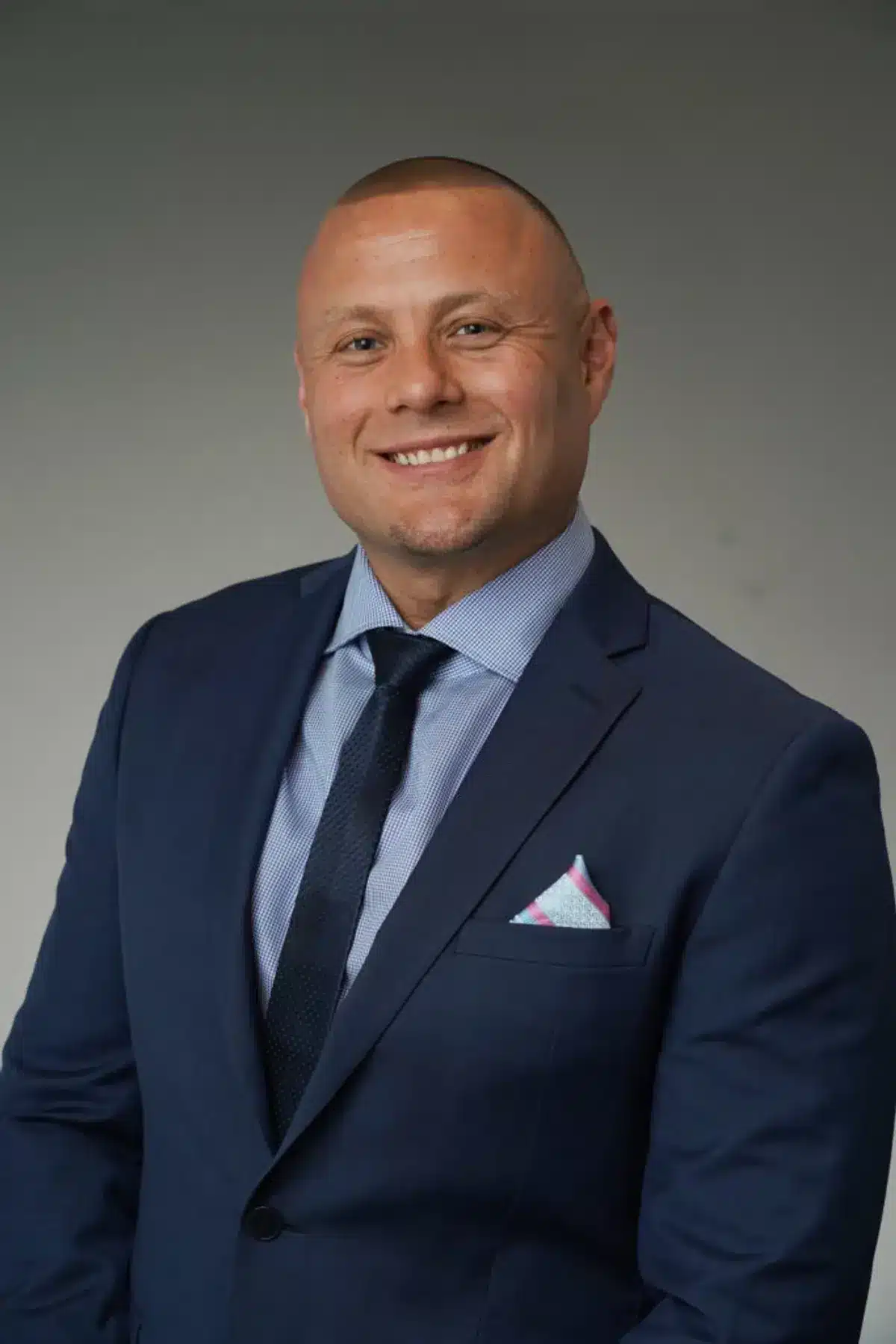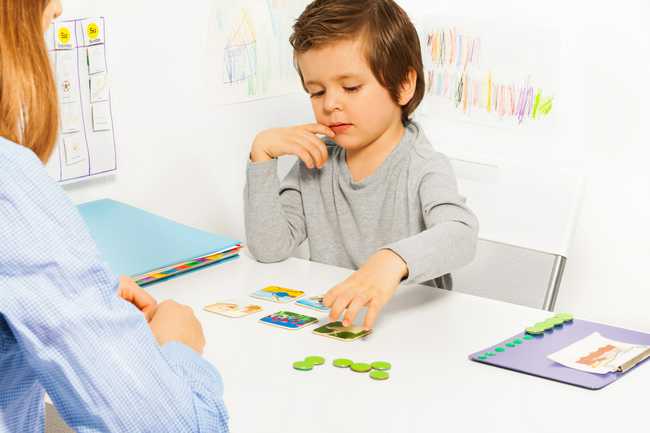What Does a Typical Day of ABA Therapy Look Like?
A child’s diagnosis with autism spectrum disorder (ASD) affects the entire family. There’s no cure for autism, so trtpexeeatment is a family’s only option to learn how to live with their new circumstances.
Children with autism often have behavioral issues that are harmful to their everyday life and wellbeing, as well as those around them.
Undergoing ABA therapy is one of the most effective ways to redirect children with autism adapt and learn. Therapists do this with positive reinforcement.
It’s the goal of every ABA therapist to help your child gain independence and confidence to deal with everyday tasks and interactions.
How ABA Therapy Works
ABA stands for applied behavior analysis therapy. Therapists complete ABA therapy in steps with a specific goal in mind. Though these steps represent broad ideas, there is no one-size-fits-all. Therapists customize each plan to suit the needs of the specific child.
Consultation and Assessment
During this time, therapists work with parent and child to identify your child’s strengths and weaknesses. They’ll ask about any difficulties the child faces at home or school.
Therapists also work to get to know your child and form a relationship. They may also visit the child in school or at home to observe certain behaviors, social interactions, and methods of communication.
During this assessment phase, your therapist will also give you advice for improvements and tactics you can implement at home.
Making a Plan
After the initial assessment phase, therapists form their official treatment plan. They base their plan on each child’s unique needs. They’ll address any concerning behaviors they observed, especially things like self-harm, tantrums, or motor skill trouble.
For the most effective treatment, everyone who has a part in caring for the child gains specific instruction for how to help along in therapy. This includes how to react to certain behaviors. Best results happen when everyone is on the same page for the child’s care.
DTT & NET
Typically, ABA therapy is split into two sessions. DTT (Discrete Trial Training) is when therapists spend one-on-one time with patients to work on a specific task.
Sometimes therapists will use books, an iPad, or games to practice a certain skill with the young patient. Some skills they might work on are maintaining eye contact, matching pictures, pointing to certain objects, or learning to make specific sounds or say specific words.
Often, the skills practiced in DTT transfer over to NET (Natural Environment Training). During NET, the child plays independently or with others while the therapist observes and gives guidance.
This more natural environment allows children to practice their newfound social skills in a safe environment. This prepares them for real-world situations they’ll face.
Reoccurring Evaluations
Another important part of ABA therapy is for the therapist to frequently evaluate the child and track progress or regression.
During evaluations, the therapist can determine which interventions are working and which methods may need adjustments.
These evaluations are a very regular occurrence and are essential for keeping the program customized to the needs of your child.
ABCs of Behavior Therapy
When therapists observe a child’s behavior, they’re looking to affect three specific aspects of a child’s reaction. Once they identify these things, they use intervention tactics to reinforce positive behaviors.
Antecedent
Therapists try to identify what causes a reaction, whether it’s from an outside source or something the child says or thinks that causes a specific behavior. Environmental factors that cause a reaction could be certain sounds, commands, or sights. Determining what causes a reaction is essential for determining how to deal with the reaction.
Behavior
This is the action that results from the antecedent. Whether it’s a reaction or lack of reaction, therapists identify the person’s response.
Consequences
The most important part of ABA therapy is what consequences the child’s action creates. Desired behavior receives positive consequences, like a toy or book or playtime. On the other hand, undesired behavior gets no response at all.
The theory behind ABA therapy is to reinforce desired behavior with rewards and give no reaction to undesired behaviors. Therapists do not use punishment for undesired behaviors.
Benefits of ABA Therapy
When you first begin therapy, you and the therapist discuss what realistic goals to set. During therapy, you’ll work to attain those goals through small steps and recognizable checkpoints.
People who undergo ABA therapy typically see these positive results:
- More focus at school
- More interest in people around them
- Better communication skills
- Fewer outbursts or tantrums
- Reduced eliminated self-harming behavior
- Easier time asking for specific things
Family members and caregivers have an easier time understanding the needs and concerns of the child who undergoes AMA treatment. And the child gains a better understanding of how to communicate, which reduces their frustration and results in greater wellbeing.
How Much Does Therapy Cost?
Therapy costs vary depending on the extent of therapy recommended, the location of therapy, and whether or not insurance covers therapy.
On average, an ABA therapy session with a board-certified therapist can cost around $120 per hour. Most treatment plans recommend at least 10-20 hours of ABA therapy a week.
That number seems expensive for some families. However, since ABA therapy is one of the only surgeon general recognized treatments for autism, most insurance plans will cover doctor-prescribed therapy sessions.
For families in extreme circumstances, many therapy offices give out scholarships for children with autism to receive ABA therapy.
Taking care of your child’s health and securing their happiness is one of the most important investments you can make as a parent. ABA therapy is the one of the only proven options for therapy for people with autism.
Where Can You Get ABA Therapy?
If you think your child would benefit from ABA therapy, first consult with your child’s pediatrician. They’ll likely point you toward some great resources and facilities that use ABA therapy to treat autism.
P2P provides ABA therapy both in-person and remotely. We also have parent support groups, social skills groups, and other valuable resources.
Schedule a free ABA therapy consultation with one of our certified therapists today.


